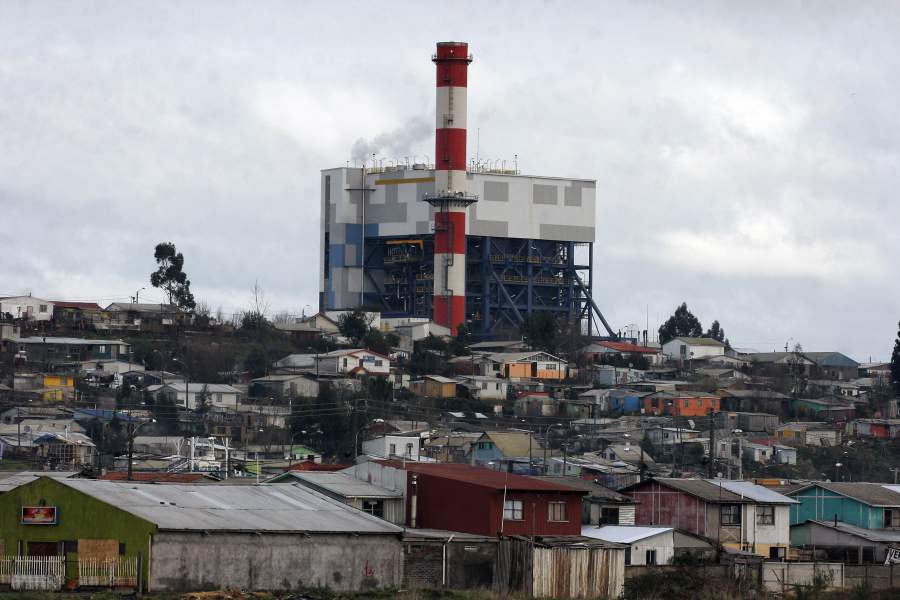
This fuel will be replaced mainly with solar storage plants, geothermal, hydropower and hydraulic pumping. To this investment must be added the cost of new lines to strengthen the system. By 2040, 5,200 MW of coal-fired power is expected to be retired.
Generators should invest US$20 billion for decarbonization plan
One of the main focuses of the electricity industry is the decarbonization of the energy matrix. Plans for each company, goals per year, a working group with the government and other measures are being implemented to advance and achieve the objective.
In this context, the Electricity Coordinator conducted a study modeling a scenario without coal-fired power plants in 2040, which implies the withdrawal of 5,200 MW of such energy from the system.
What is striking about the report is the cost of investment in new generation capacity, which would be close to US$20 billion. This is because by eliminating base energy, a replacement with similar characteristics would be required.
That is, energy available 24 hours a day, which can be achieved with higher plant factor units, such as natural gas or concentrated solar power (CSP), or with a combination of various technologies, including renewables themselves.
In a scenario without coal plants by 2040, this fuel would be replaced mainly by CSP solar plants, geothermal, hydropower and pumped hydro -the latter more towards the end of the horizon-.
This model also contemplates an increase in peak demand of around 8,300 MW and an addition of 20,000 MW of new supply in total. This is both to supply future requirements and to replace coal-fired plants that will be retired from the system.
Although the Coordinator’s study gives a preponderant role to concentrating solar power technology, there is currently only one under construction in Chile, Cerro Dominador, which has an estimated capacity of 210 MW. By 2040, this technology would have a presence of 5,000 MW in Chile.
However, although the initial investment will be substantially higher, the operating cost will decrease considerably, from approximately US$1.7 billion per year to approximately US$750 million, or 66% less.
This is because it will not be necessary to purchase coal to operate these units, giving way to technologies that take advantage of natural resources such as the sun or wind. However, this modeling should include the investment in infrastructure associated with gas, which the study did not consider.
Another investment that must also be added is the strengthening of the electrical system. This is because the decarbonization plan will require the reinforcement of transmission through the construction of a new HVDC line – in direct current – which would cost US$1.1 billion to transport 4,000 MW.
This is in addition to the US$1,685 million contemplated in the current backbone transmission plan being worked on by the National Energy Commission (CNE).
Progress of the plan
“The generation sector operates competitively and there are no binding investment plans in this regard, so the new generation works that materialize will depend on the projects that the different companies develop to cover the needs for new generation capacity,” said Juan Carlos Olmedo, president of the Board of Directors of the National Electricity Coordinator.
When consulted, the Minister of Energy, Susana Jiménez, pointed out that “the Coordinator’s study is very relevant information to make the best decision regarding the decommissioning and/or reconversion of power plants. We want sustainable development and this implies taking into account the environmental, social and economic aspects of the public policies we promote”.
Meanwhile, the academic and director of the consulting firm Systep, Hugh Rudnick, said that “it is evident the need to replace coal infrastructure, where the use of variable renewables is not enough and the use of natural gas, CSP and better use of reservoirs -adding pumping to existing reservoirs- is necessary”.
Regarding deadlines, Olmedo stated that it will depend on the exit calendar that the companies that own the coal-fired plants define. “This will give the signals for the development of new generation projects and in turn will define transmission capacity expansion projects,” he added.



